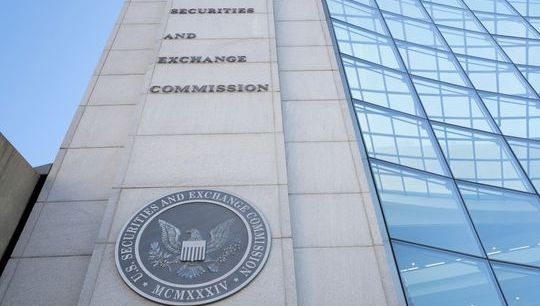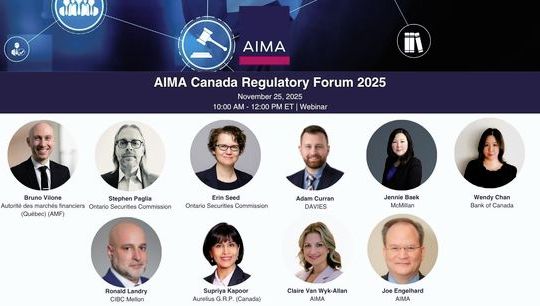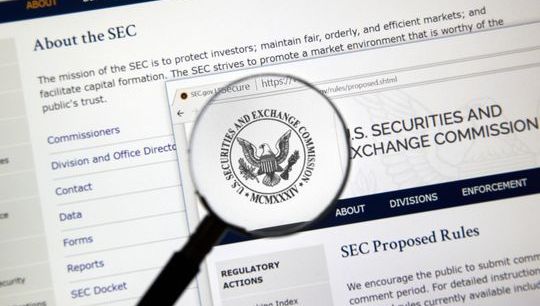The two pillars of AEOI compliance: What you need to know to be in scope
By Nadia Maharaj, SS&C Technologies
Published: 27 June 2022
Today, more than 100 jurisdictions have signed intergovernmental agreements (IGAs) with the US government, obligating foreign financial institutions (FFIs) in those jurisdictions to comply with FATCA reporting requirements. AEOI is not a statute, but it refers to the mechanisms for compliance reporting under both FATCA and CRS. Interpreting the reporting requirements adds more complexity, as they vary widely among different jurisdictions.
Fundamentally, the AEOI compliance process entails two main components:
- Due diligence – The first pillar comprises the collection and quality assurance of account holder data. Financial institutions need to be aware of the documentation required. FATCA due diligence requires the collection of IRS W forms, specifically form W9, Request for Taxpayer Identification Number (TIN) and Certification, or the appropriate W8 series form for account holder classification. CRS due diligence analysis includes reviewing a self-certification form. If a tax form and self-certification form are on file, both should be reviewed together to cross-check for any inconsistencies in the information provided by account holders.
- Reporting – After due diligence has been completed and the respective classifications have been assigned, a financial institution must prepare reporting files for AEOI in formats specified by the applicable government or tax authority. How and where the files are submitted depends on the domicile of the financial institution preparing the report. FATCA IGAs allow for one of two reporting models: Reporting Model 1, in which the FFI reports to the FATCA “partner” government; and Reporting Model 2, in which the FFI reports directly to the US IRS. For CRS, the submissions are made on the jurisdiction’s reporting platform based on the domicile of the fund.
The two pillars of AEOI compliance:
In Bermuda, a Reporting Model 2 IGA jurisdiction, a fund must enroll and submit the reporting files directly on the IRS International Data Exchange Service (IDES) Gateway portal for FATCA reporting.
However, in order to complete CRS reporting, the fund needs to register and submit the filing on the Bermuda Tax Information Reporting Portal. Reporting specifications will vary across different jurisdictions. Virtually all jurisdictions, however, require reporting by individual fund. They do not permit submission of all reportable accounts across all funds on a single return at one time.
In the Cayman Islands, each fund must submit a single return for FATCA reporting. For CRS, each fund must submit a return by reportable jurisdiction in order to complete reporting. For instance, assume a Cayman-based fund has two investors to be reported, one to Germany and one to France. For a Cayman Island fund, a CRS Declaration is required once all the returns are submitted. The fund, therefore, must submit two CRS returns in total, one each for Germany and France, before the CRS Declaration can be performed to complete the filing. If there are no reportable accounts, a CRS “NIL” Declaration is still required.
FATCA reporting applies to US and non-US financial institutions, and specifically targets US taxpayers. The IRS does not require a NIL filing for FATCA reporting by US institutions. If there are no reportable accounts, then no further action is needed for a given reporting period. CRS reporting currently applies only to non-US financial institutions. The US is not a participating jurisdiction in CRS. A US taxpayer (entity or individual) investing in a non-US financial institution will not be reportable under CRS.
However, the US taxpayer must comply with CRS due diligence requirements. Each participating jurisdiction determines whether a FATCA or CRS NIL filing is required. Cayman Islands does not require a FATCA NIL if no reportable accounts are in scope, but does require a CRS NIL declaration to be performed directly on the Cayman DITC portal. In contrast, in Luxembourg, financial institutions are required as of 2021 to submit a FATCA NIL and CRS NIL filing if there are no reportable accounts in scope.
Reportable vs. non-reportable: requirements vary among different domiciles
The due diligence and reporting rules for FATCA and CRS will apply to any participating jurisdictions that have entered into exchange agreements with the US for FATCA and the OECD for CRS. FATCA requirements, which focus on US taxpayers, are fairly straightforward. All financial institutions domiciled in a jurisdiction with a FATCA IGA must comply with FATCA due diligence and reporting requirements. CRS is a bit more complicated. Any financial institution which is a legal resident in a CRS-participating jurisdiction must comply with CRS due diligence requirements. AEOI compliance appears to be trending toward requiring some kind of reporting on non-reportable accounts. This requirement is in addition to the FATCA and CRS reporting on reportable account holder information.
Common misconceptions: FATCA and US financial institutions
FATCA is certainly not as demanding for US financial institutions as it is for FFIs, but the due diligence and reporting requirements still apply. US financial institutions should have some sort of FATCA due diligence process in place to ensure compliance. FATCA reporting is only required only if US FDAP income was distributed during the tax year. US financial institutions do not have to submit a FATCA NIL return if there are no reportable accounts.
Download our whitepaper to learn more about reporting requirements across different jurisdictions, and how outsourcing can help you stay compliant.






